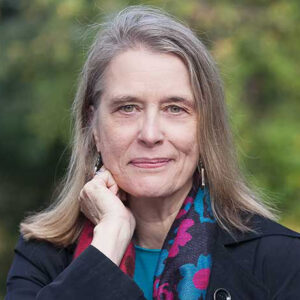Numerous books for expats offer practical ideas to help bridge the distance from family and loved ones when people live in other countries. But let’s face it, the hardship of overcoming great distances is real and to remain in close contact or at least feel close to family and loved ones is a challenge.
One obvious solution is to communicate using one of the many apps from Zoom to FaceTime. But although these tools are useful, for those of us who were not born digital, they can feel like we are applying a band-aid to the problem. The length of time we live apart from those we love also figures into the idea of connection. With the passage of time, the issue becomes less about physical distance—and more about emotional distance. We are not around to share the everyday, the mundane, the small joys, which are the real currency of relationships. Relationships are made up of time shared not posts from overseas adventures.
Scheduling regular chats online or with telephone calls can help to maintain connections, but again it can feel inadequate because ultimately, there is no real resolution to time and distance. The inability to maintain close connections is an ongoing hardship that is difficult to explain to anyone who hasn’t experienced it. There is continual sense of dislocation and the feeling of something being absent.
And it is a fallacy to assume that those of us who have not lived near family and close friends for years have become accustomed to being at a distance. It actually works in the reverse. The feeling of absence grows greater with each passing year.
And as expats age, we become more conscious of our human frailty. There is an enormous difference in the perception of time and distance by expats in their twenties and expats over sixty. Older expats no longer need the grandiose or momentous—they are much more invested in the present moment and more aware of the need for deep connections on a daily basis.
